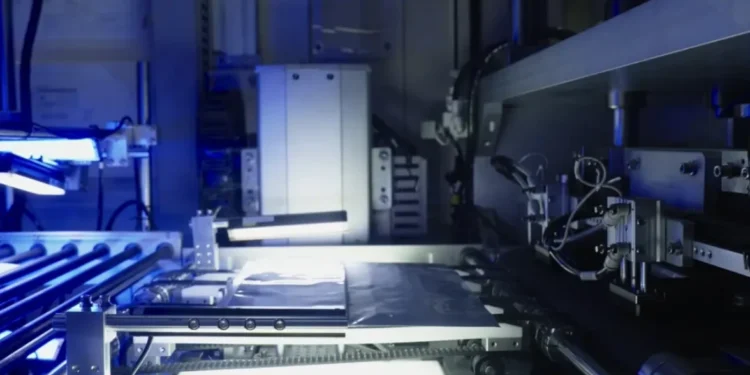At the Solid-State Battery Progress Exchange Meeting held on December 19, Farasis Energy announced that its sulfide-based all-solid-state battery has achieved an energy density exceeding 400 Wh/kg and has entered the real-world testing phase. Safety tests, including pinprick, shear, and hot box tests, have demonstrated that this all-solid-state battery does not experience thermal runaway or combustion. The thermal runaway self-shutdown capability at the cell level in this all-solid-state battery can automatically disconnect the circuit when thermal runaway occurs, significantly enhancing cell stability and safety.
Farasis Energy has continued the high-nickel ternary + soft pack + laminated process route while enhancing its all-solid-state battery technology based on oxide-polymer composite systems. It has developed composite electrolyte materials and electrolyte layers. These composite electrolyte materials, compatible with lithium metal anodes and high-nickel cathodes, can form a stable solid electrolyte interface layer on the lithium metal surface. This ensures ionic conductivity and mechanical stability, enabling stable cell cycling under high-rate charge conditions. The unique electrolyte layer reduces the overall weight and volume of the battery, forming ultrathin electrolyte layers and achieving an energy density of over 500 Wh/kg.
In the industry, similar technologies are becoming increasingly mature. For example, U.S. solid-state battery developer Factorial Inc. has launched Solstice™, which utilizes a sulfide-based solid electrolyte and dry cathode coating process, eliminating toxic solvents and energy-intensive steps required in traditional cathode production. Current progress in all-solid-state batteries focus on enhancing energy density, safety, and fast-charging capabilities. Meanwhile, the Chinese Academy of Sciences, Qingdao Institute of Bioenergy and Bioprocess Technology has achieved breakthroughs in solid-state battery dry electrode manufacturing by replacing PTFE with polyamide (TPA), thus improving the manufacturing efficiency of sulfide-based all-solid-state batteries.











